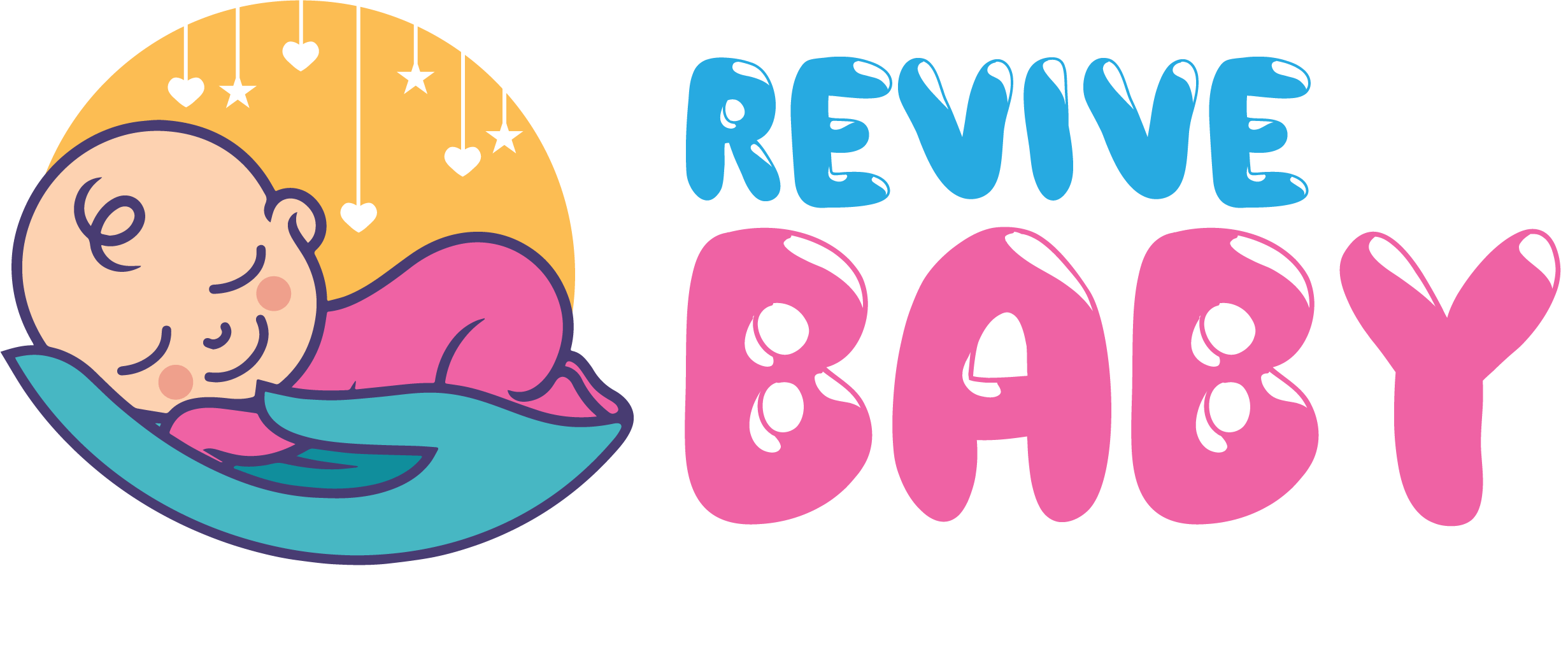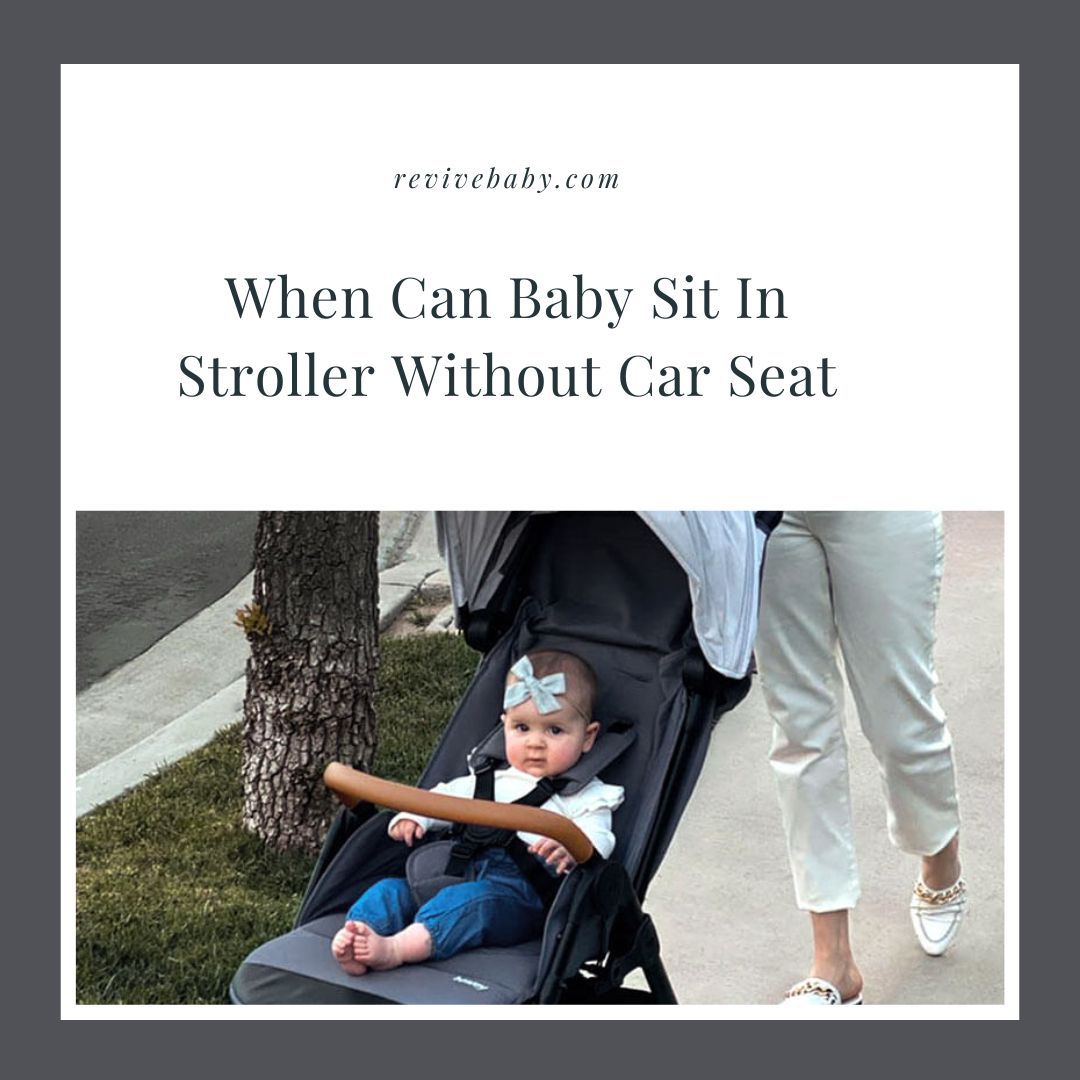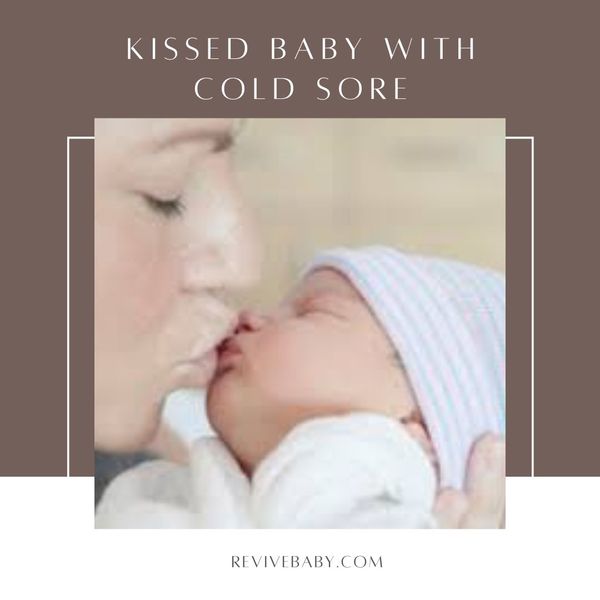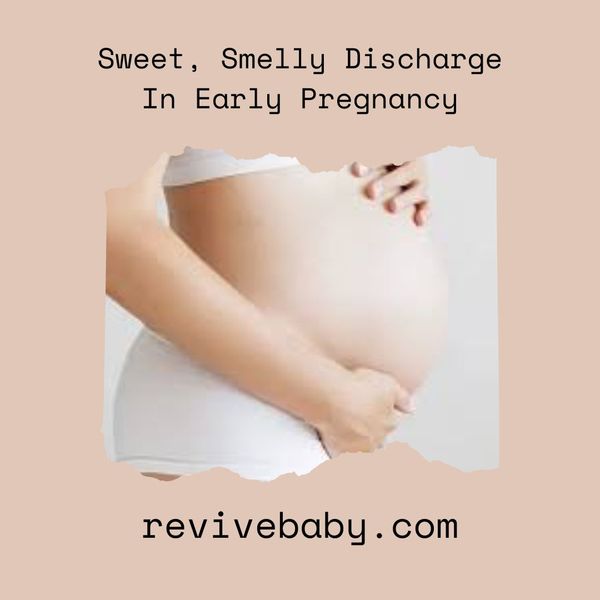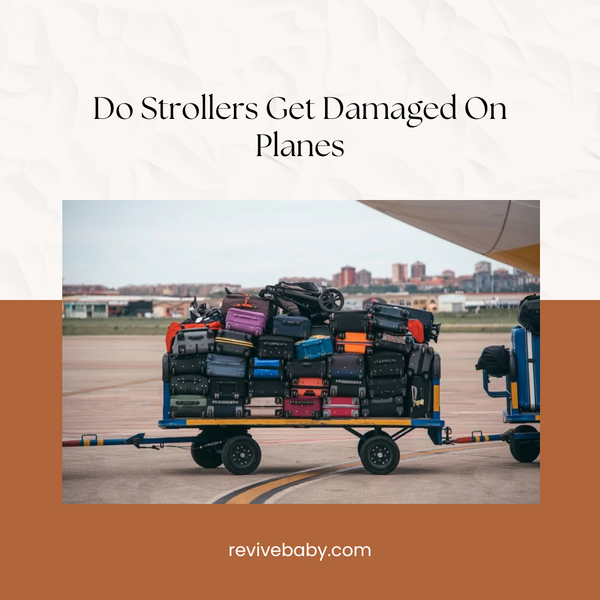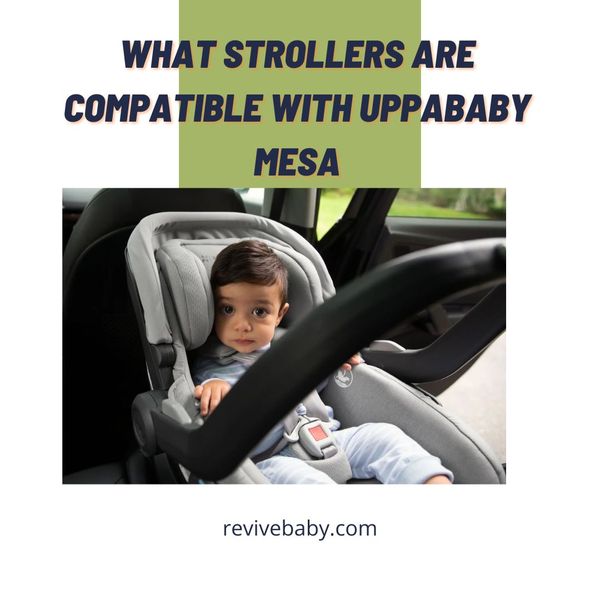One common dilemma parents often face is when to transition their baby from a car seat to a stroller seat.
Strollers are essential for parents on the go, offering convenience, mobility, and a comfortable seat for your little bundle of joy. However, using a car seat in the stroller during the early months is a recommended safety practice. But as your baby grows, the time will come when they're ready to enjoy the stroller without the car seat.
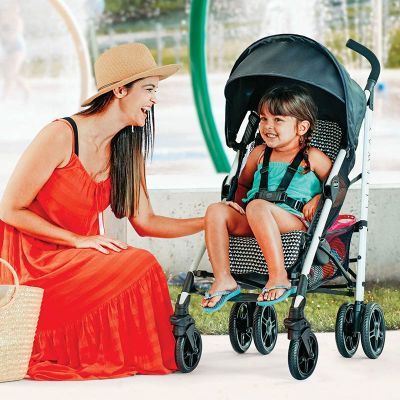
Understanding the right time for this transition is crucial, balancing your baby's comfort, developmental milestones, and safety concerns. In this comprehensive guide, we'll explore the stages of development that determine when your baby can sit in a stroller without a car seat, safety considerations, and the benefits of making the switch. We'll also provide practical tips to ensure a smooth and enjoyable transition for you and your growing baby. So, let's embark on this journey of parenthood and stroller adventures together!
Age and Developmental Milestones For Car Seats
Here are the headings and explanations for the section "Understanding the Age and Developmental Milestones" in a simple and easy-to-understand style:
Newborns and Infants
Newborns are in the very early stages of development, and their bodies are still adjusting to the world outside the womb. At this stage, keeping them in their car seats when using a stroller is essential.
Newborns typically lack the neck and head control to sit up or steady their heads. Their delicate bodies need the support and security that a car seat provides. It's all about keeping them safe and comfortable during those early months.
Babies Aged 6-12 Months
As your baby grows, you'll start noticing exciting changes in their development. Between 6 to 12 months, many babies learn to sit up independently and gain better control of their heads. These are positive signs that they may be ready for a stroller without a car seat.
Toddlers Aged 1-3 Years
Toddlers are like little explorers, and their bodies become stronger and more agile. By the time your baby reaches 1 to 3 years old, they should have developed the neck and back strength needed to sit comfortably in a stroller without a car seat.
They may prefer sitting up and looking around rather than reclining in a car seat. This is a clear indication that they're ready for the stroller seat. While they're ready, ensuring their safety with proper stroller features and buckling is still essential.
Popular stroller brands like Chicco, Baby Jogger, Graco, and Nuna offer a range of stroller models designed to accommodate various stages of a child's development, providing a secure and comfortable seating option once they reach the appropriate age and developmental milestones.
When to Make the Transition For Infant To Sit In Stroller Without Car Seat
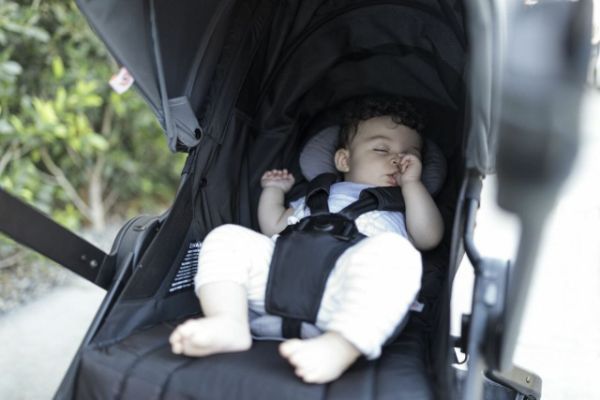
Transitioning your baby from using a car seat to sitting in the stroller seat itself is an important step in their development. Knowing when to transition is crucial for your baby's safety and comfort. Here's a breakdown of when and how to make the transition:
Pediatrician's Advice
Consulting with your pediatrician is always a wise step. They can provide personalized guidance based on your baby's unique development. Your pediatrician can help determine if your baby meets the milestones required for safe stroller use without a car seat.
Stroller Features
The specific stroller you use may also influence the timing of the transition. Some strollers are designed to provide better support for younger babies, while others are more suitable for older infants and toddlers. Check the manufacturer's guidelines for your stroller model to see when it's recommended for use without a car seat.
Monitoring Comfort
- Always ensure your baby is comfortable and secure in the stroller seat, regardless of age and milestones.
- Make sure the stroller provides adequate support for their size and age.
- Use the stroller's safety features like harnesses and recline positions to customize their seating experience.
Tips for a Smooth Transition For A Baby Sit-In Stroller Without Car Seat
Transitioning your baby from a car seat to a stroller seat can be a significant step in their growth and development. To ensure a smooth and successful transition, consider these essential tips:
Choose the Right Stroller
- Select a stroller that is appropriate for your baby's age and size. Some strollers are designed with features specifically for younger infants, while others are better suited for older babies and toddlers. Ensure that the stroller you choose provides adequate support and safety features for your baby's stage of development.
Gradual Introduction
- Introduce your baby to the new seating arrangement by taking short stroller rides. Start with brief outings and gradually extend the duration as your baby becomes more comfortable in the stroller seat.
Bring Comfort Items
- If your baby has a favorite toy or comfort item, bring it along during stroller rides. Familiar items can provide a sense of security and comfort during the transition.
Stay Attentive to Cues
- Be attentive to your baby's cues during stroller rides. If they seem fussy or uncomfortable, be prepared to make adjustments. This might include reclining the seat, providing shade, or stopping for a break.
Be Patient
- Understand that the transition may take some time. Every baby is unique; some may adapt quickly, while others may need more time to get used to the new seating arrangement. Be patient and give your baby the time they need to feel comfortable in the stroller seat.
Wind Up
The journey of transitioning your baby from a car seat to a stroller seat is a significant milestone in their growth. By following the developmental cues, choosing the right stroller, and prioritizing safety and comfort, you can ensure a smooth and enjoyable experience for you and your little one.
